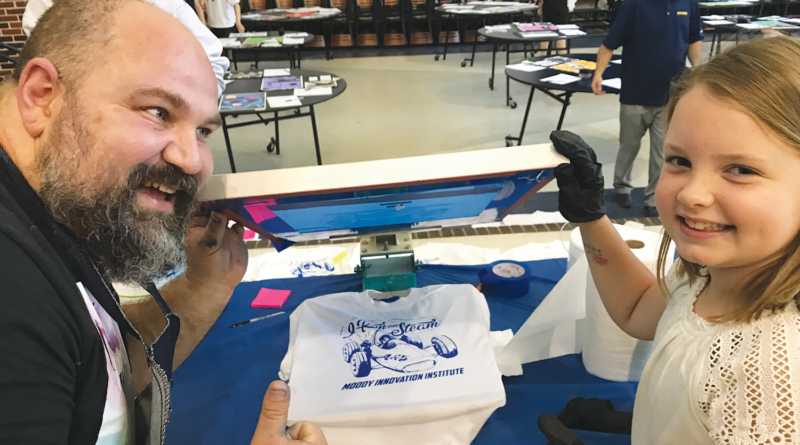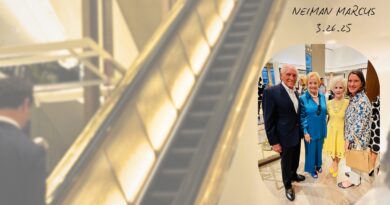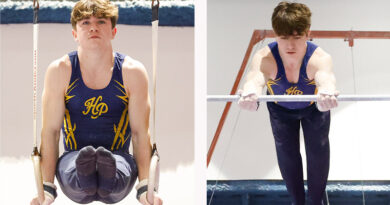Highland Park STEAM Program Excels in First Year
The Highland Park ISD STEAM program has already inspired upwards of 50 students in only its first year within the district.
Imagine then, executive director Geoffrey Orsak said, what participation will look like in future years with more funding.
Funding for the program came from the Moody Innovation Institute, with which Orsak is heavily involved.
The Institute provided $5.8 million to the district in hopes of encouraging interest in the STEAM subjects, and in the next year alone, HPISD will double the number of instructors teaching STEAM.
“Students are getting involved in more than one activity, and they’re all real-world connected. That’s why you see the kids getting so excited. And the teachers love to teach it, too.” -Geoffrey Oak
Students involved with the science, technology, engineering, arts, and mathematics initiative presented projects in the Highland Park High School cafeteria in May. More than 100 students and parents attended.
Creations ranged from robotics to sculptures, photography to voice-command drones, and with all grade levels represented.
One project, created by a group led by Highland Park Middle School seventh-grader Greer Schmerbeck, involved a robotic trash can that moves and picks up trash and recyclables on its own. Schmerbeck compared the robot to the popular Roombas that can vacuum homes by themselves.
“We’d like, one day, for these to be cleaning the streets of Dallas,” Schmerbeck said. “We’re also currently designing an app for cell phones that can control [the trash can robots] remotely.”
Two elementary students, Joshua Wade and Benjamin Massman, created an “eco-dome” out of plastic bowls.
Despite the limited amount of resources used, the duo’s ecosystem was thriving with plants and moisture.
“We also added dirt and worms to start a food chain,” Wade said.
Eighth-graders Reese Greenlee and Gracie Handler, with the help of art teacher James Jenkins, created an electronic screen-printing device for T-shirts, a fan-favorite that had students and parents lined up around the cafeteria for free samples.
“Everyone wants a free T-shirt, and this is a really creative way to make them,” said Greenlee. “[Creating the screen print] is a really lengthy process. You have to use light-burning. It took us about two weeks to design this, but it was totally worth it.”
“It’s amazing that this what we do in art classes now,” added Handler. “We get to make a finished project like this, and it’s really hands-on, creative and fun.”
Jenkins agreed, noting that involvement in activities like these are more possible than ever now with the resources at hand.
“I signed up for STEAM knowing it would really help my program at the middle school,” he said. “I thought it would be really meaningful knowing we would be doing projects with real-life solutions. It’s been very successful, and I’ve loved every minute of it.”
Orsak said the outpouring of support in the first year of STEAM has been “incredible.”
“The main idea behind STEAM is the integration of ideas, from one discipline to another,” he said. “So students are getting involved in more than one activity, and they’re all real-world connected. “That’s why you see the kids getting so excited. And the teachers love to teach it, too.”









